Women and Trade: The Role Of Trade In Promoting Equality
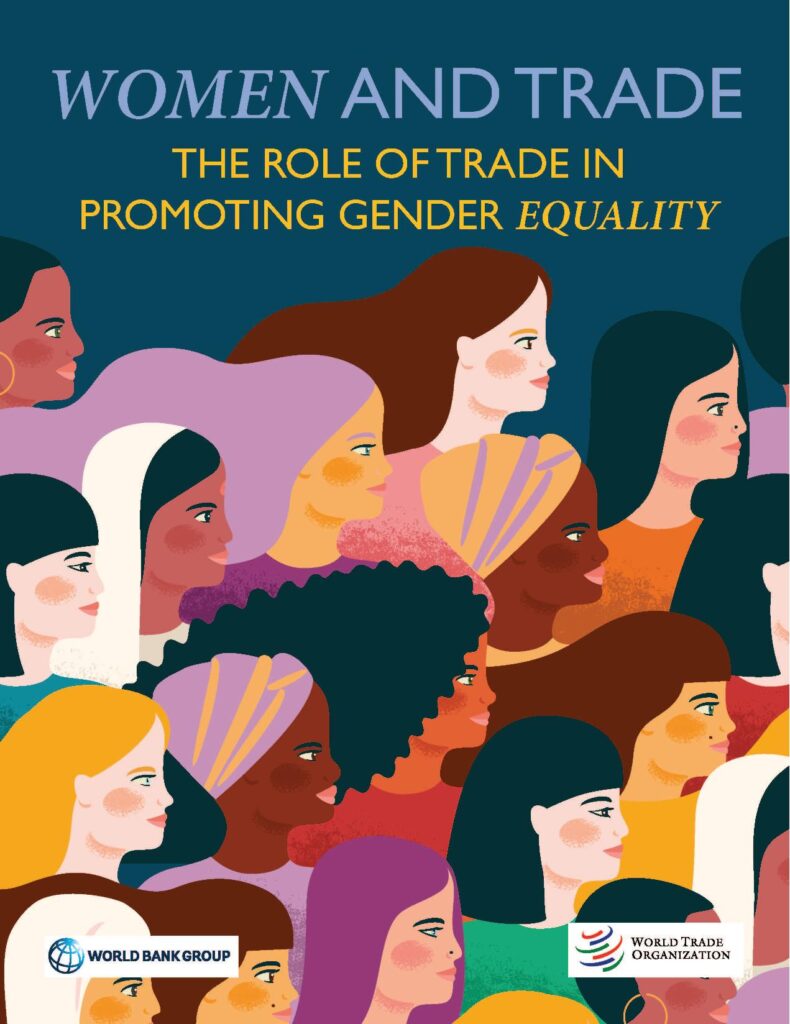
Source: World Trade Organisation The goal of this report is to improve the understanding of the impacts of trade and trade policy on gender equality, and to provide policy makers with evidence on the benefits of trade for women and with potential policy solutions. The report uses a conceptual framework that illustrates the diverse transmission […]
The Chilling: Global trends in online violence against women journalists
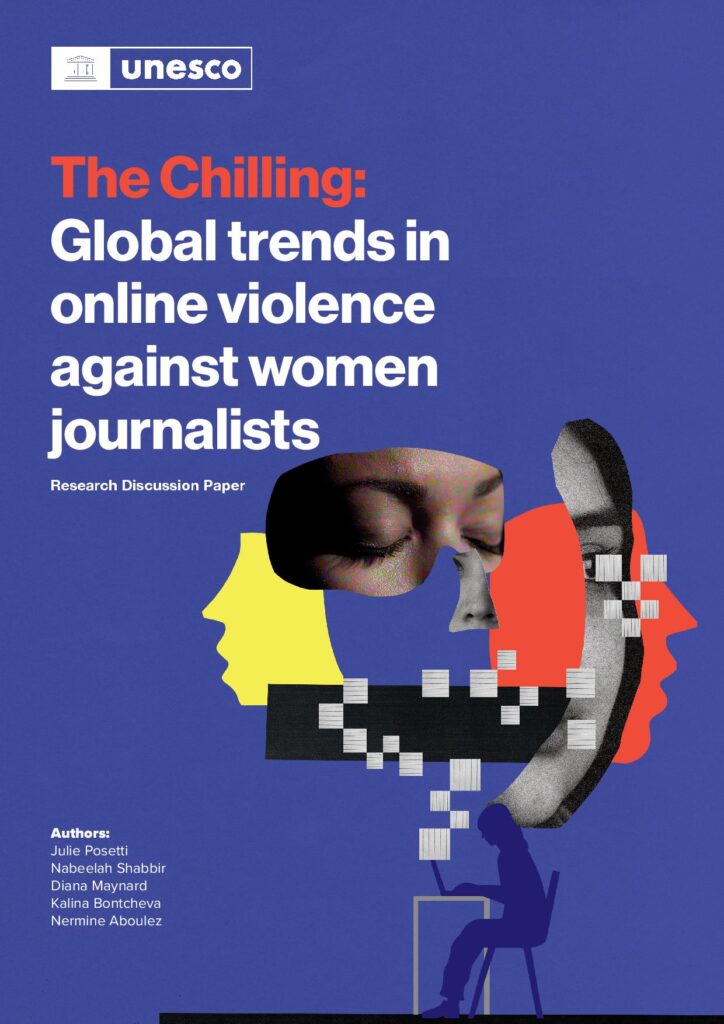
Source: UNESCO One of the unique aspects of this research is its focus on understudied developing countries recognising that online violence against women journalists is a global problem, but one with disproportionate offline impacts and complex intersectional challenges that inhibit effective responses. [gview file=”http://afakneswiah.org/wp-content/uploads/2021/05/377223eng.pdf”]
Asia and the Pacific regional overview of food security and nutrition
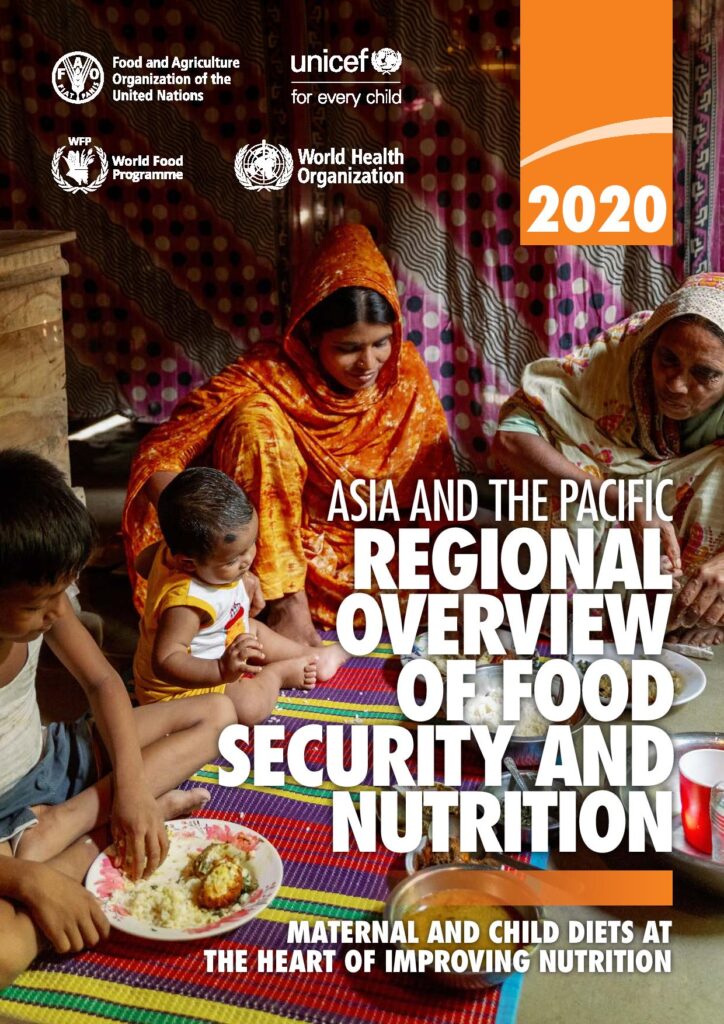
Source: WFP The world and the Asia and Pacific region continue to work towards ending all forms of malnutrition and achieving Zero Hunger, as stipulated in the Sustainable Development Goals (SDGs) 2030 and the World Health Assembly (WHA) Targets 2025. This report, a joint effort by the regional offices of four United Nations (UN) agencies, […]
Global Gender Gap Report 2021
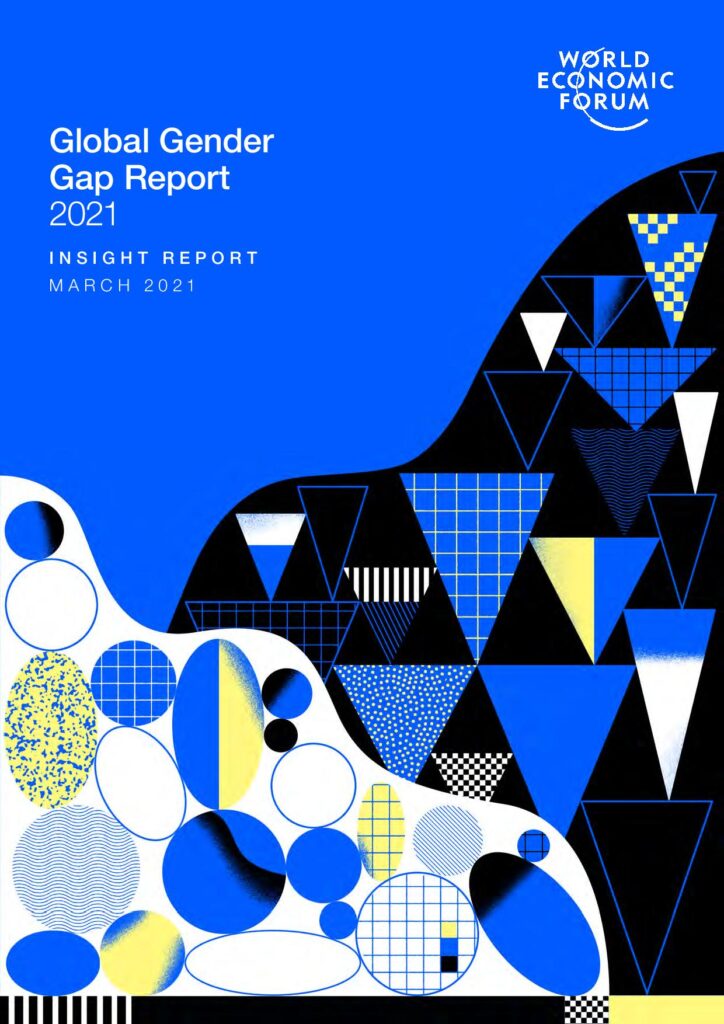
Source: World Economic Forum Another generation of women will have to wait for gender parity, according to the World Economic Forum’s Global Gender Gap Report 2021. As the impact of the COVID-19 pandemic continues to be felt, closing the global gender gap has increased by a generation from 99.5 years to 135.6 years. [gview file=”http://afakneswiah.org/wp-content/uploads/2021/04/WEF_GGGR_2021.pdf”]
HOW TO USE YOUR POWER TO ADVOCATE FOR WOMEN-FOCUSED CIVIL SOCIETY ORGANIZATIONS

Source: Women Deliver This guide highlights key actions you can take to be true allies with women-focused CSOs. Whether you support digital communications and advocacy or program implementation and M&E, you have the power to push for more gender-sensitive localization. [gview file=”http://afakneswiah.org/wp-content/uploads/2021/04/WRD-Advocacy-Toolkit-FINAL.pdf”]
THE LINK BETWEEN CLIMATE CHANGE AND SEXUAL AND REPRODUCTIVE HEALTH AND RIGHTS

Source: Women Deliver This evidence review is designed to be used by decision-makers and climate change, humanitarian, and gender equality advocates to better understand the linkages between sectors and align efforts to generate effective policies and programs. [gview file=”http://afakneswiah.org/wp-content/uploads/2021/04/Climate-Change-Report-1.pdf”]
EiE-GenKit A core resource package on gender in education in emergencies
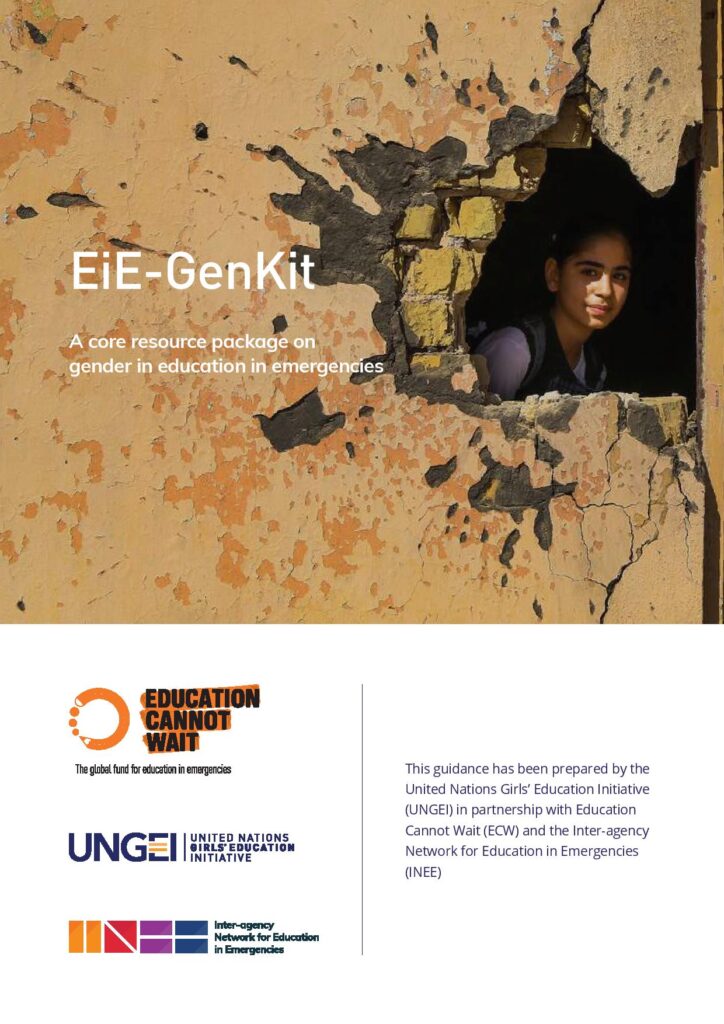
Source: UNGEI When education is responsive to gender dynamics and conflict-sensitive, it has the power to reverse gender inequalities and be transformative for communities and society. Programmes in crisis-affected situations present a window of opportunity to influence education systems to adopt strategies that reformulate negative gender and social norms and ensure the availability of good […]
Global Report On Trafficking In Persons 2020
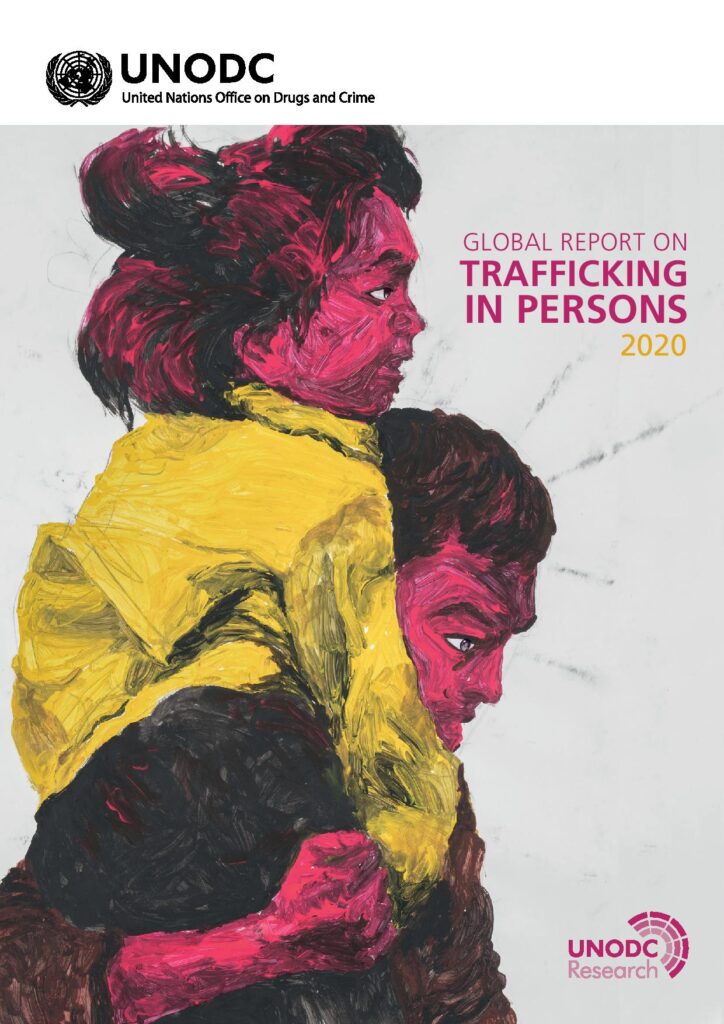
Source: UNODC The report comes at a time when global suffering has vastly increased vulnerabilities to trafficking. Extreme poverty is expected to rise for the first time in decades, with the continuing COVID-19 crisis casting a long shadow over our societies and economies. With many millions more women, men and children in every part of […]
Continuities Of Gendered Violence In Conflicts Making Political Economy Visible

Source: Development Alternatives With Women For A New Era (DAWN) Insights from young feminists from the global south [gview file=”http://afakneswiah.org/wp-content/uploads/2021/03/20200312_PEC-CS_Final.pdf”]
Evidence Review: Mitigating Threats To Girls´ Education In Conflict Affected Contexts

Source: UNGEI Girls’ education outcomes are worst in conflict-affected states, especially as girls enter adolescence. Girls are almost two and a half times more likely to be out of school if they live in conflict-affected countries, and adolescent girls are nearly 90 percent more likely to be out of secondary school. In these situations, insecurity and […]
